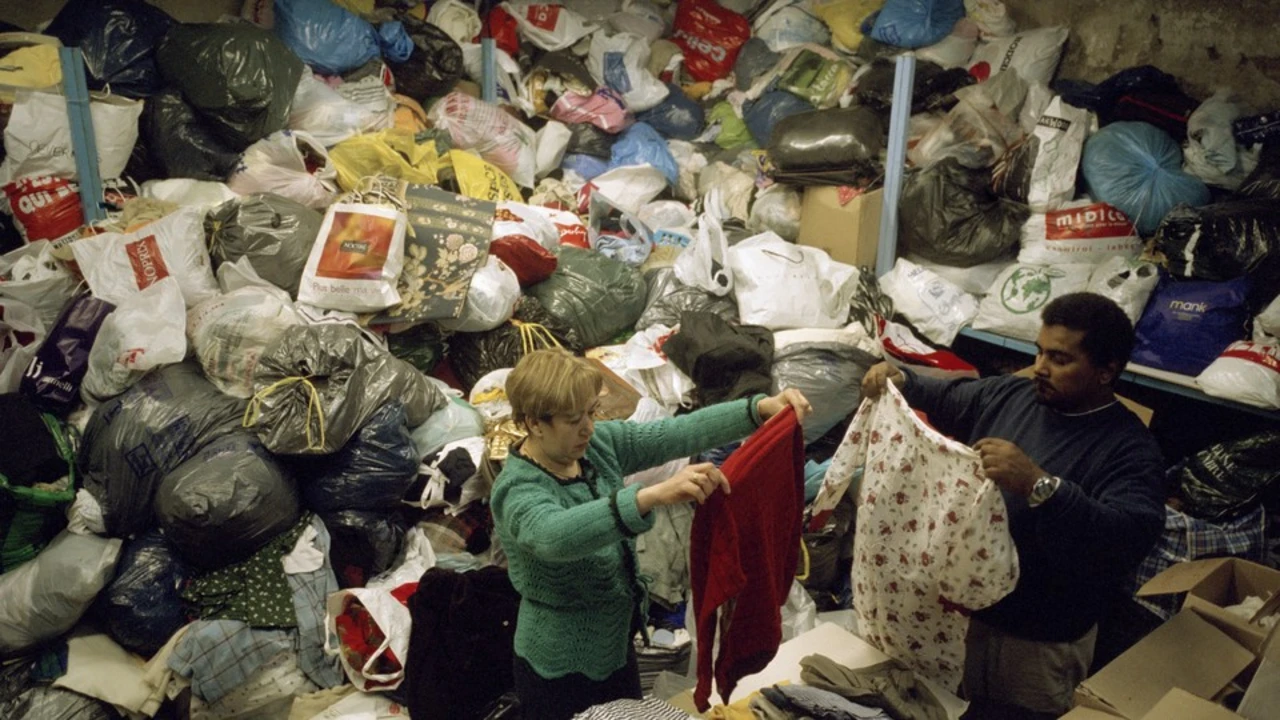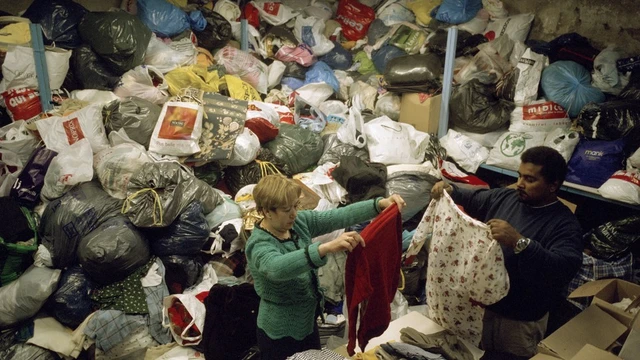Exploring The Impact Of Unsold Clothing On The Fashion Industry
The fashion industry is one of the most powerful and influential industries in the world. Every year, billions of dollars are spent on clothing and accessories, with hundreds of styles and trends emerging from it. But what happens to all the clothing that doesn't sell?
The reality is that the fashion industry produces a huge amount of clothing and accessories each year, and not all of it sells. A large portion of it ends up in landfills, incinerated, or even burned. This has a devastating environmental impact, with the fashion industry being one of the biggest contributors to global carbon emissions and environmental waste.
The excess clothing that goes unsold can also impact the fashion industry financially. Companies have to pay for the production costs of the clothing, so when they don't sell they lose money. This can be especially damaging for smaller businesses which operate on tighter budgets, and can put them at a financial disadvantage relative to larger competitors.
Furthermore, the issue of unsold clothing affects the industry's ability to innovate. When companies are unable to make a return on their investments due to unsold clothing, they are less likely to take risks and invest in new styles or trends. This can limit the industry's ability to create new and exciting designs, which can have a negative effect on the industry as a whole.
The fashion industry is facing an increasingly difficult challenge when it comes to unsold clothing. Companies must try to find ways to reduce the amount of unsold clothing that they produce, while also finding ways to increase their sales. Companies must also look for ways to reuse and recycle the clothing in order to reduce their environmental impact.
The challenge of unsold clothing is a complex one, with no easy solution. But by addressing the issue head on, the fashion industry can help to reduce its environmental impact and ensure that its products are more sustainable in the long run.
Uncovering What Happens to Unsold Clothing: A Closer Look at the Unseen World of Unsold Clothing
When you’re shopping for clothing, you may not think twice about the clothes that don’t make it onto the shelves. But what happens to the clothing that doesn’t sell? It turns out that the answer is a bit more complicated than you might expect.
The reality is that many brands and retailers have a unique and often unseen system for dealing with unsold clothing. Depending on the retailer, unsold clothing can be donated, sold in discount stores, or even recycled for use in other products.
First, let’s take a look at how most retailers handle unsold clothing. Many retailers donate unsold clothing to charities or other organizations that distribute clothing to those in need. This is a great way for retailers to give back to the community and help those in need.
In some cases, unsold clothing is sold in discount stores or online. This is a great way for retailers to recoup some of the costs associated with unsold clothing, while also giving shoppers access to great deals on clothing.
Finally, some retailers and brands are beginning to explore the potential of recycling unsold clothing. This is an innovative and sustainable way to make use of unsold clothing, while also reducing waste and increasing the efficiency of the clothing production process.
As you can see, there is an unseen world of unsold clothing that is often overlooked. But the reality is that retailers and brands have a variety of ways to make use of unsold clothing, whether it’s donating, selling in discount stores, or even recycling.

